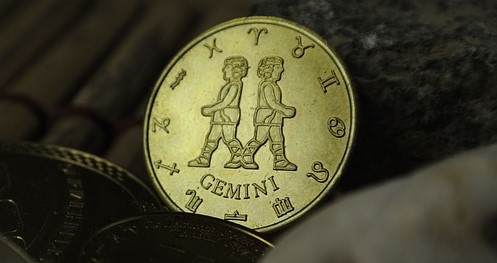Guest Posting from The Genealogy Insider:
In modern times, giving birth to twins has become more commonplace. Two factors for this increase are that women are living longer, due to the advancement of medicine, and the use of fertility drugs. There is an article on the Better Health Channel, entitled “Twins – Identical and Fraternal,” which explains the birth and development of twins.
As the title states, the most common types of twins are “identical” twins and “fraternal” twins.
Identical twins come from one egg that splits into two embryos and grows in the same placenta. Identical twins have the same genetic DNA formation; however, they do not have to look the same. During development in the womb, slight variations occur, making them not quite perfect replicas.
Fraternal twins come from two eggs that develop independently from each other. Think of fraternal twins as being sisters or brothers to each other. They may have similarities but share only half the genetic information compared to identical twins.
Most twins are either both females (sisters) or both males (brothers). In a few cases, you will find a female and male, but these are very infrequent occurrences.
VeryWellFamily.com has an article entitled “Do Twins Run in Families?” that you might like to read. Studies show that female fraternal twins are prone to having twins themselves. Male fraternal twins will likely skip a generation or two, transmitting the gene to a female descendant. This female could be a daughter, granddaughter, etc. She would be the one who would most likely produce twins. There has been no documented evidence that identical twins will run in the family.
TechnologyReview.com published an article entitled “When Only One Twin Gets a Disease,” that discusses why twins do not necessarily have the same health issues or disorders. Environmental factors, such as infections and toxins, may cause one twin to have arthritis or cancer and the other to be free of disease.
ProactiveGenetics.com is a company that specializes in DNA testing of twins and triplets. If you are wondering if your twins are identical or fraternal, you might want to check out their site. They have a question and answer section that may be helpful to you.
As you build your family tree, you will likely find a twin or two in your lineage. I have several twins in my family tree on Ancestry.com. I always make a special notation on their profile pages, so other genealogists will know they are twins.
It is also important to remember, as you go back in time, that twins were not quite so prevalent as they are today. Many twins did not survive the birth process, due to lack of medical knowledge of the times. Sometimes, twins would be born, but one would die in infancy. If you think about the complications of pregnancy and having twins in the 1600s or 1700s, you should be proud that they made it through to adulthood!
I hope this article gave you a little insight into the subject of twins. I realize there is more to this topic than I can write about on this page. If you are interested in adding your thoughts on this matter, please leave a comment below. I would love to hear from you.
Photograph by Horwin of Pixabay.com.



Leave a Reply